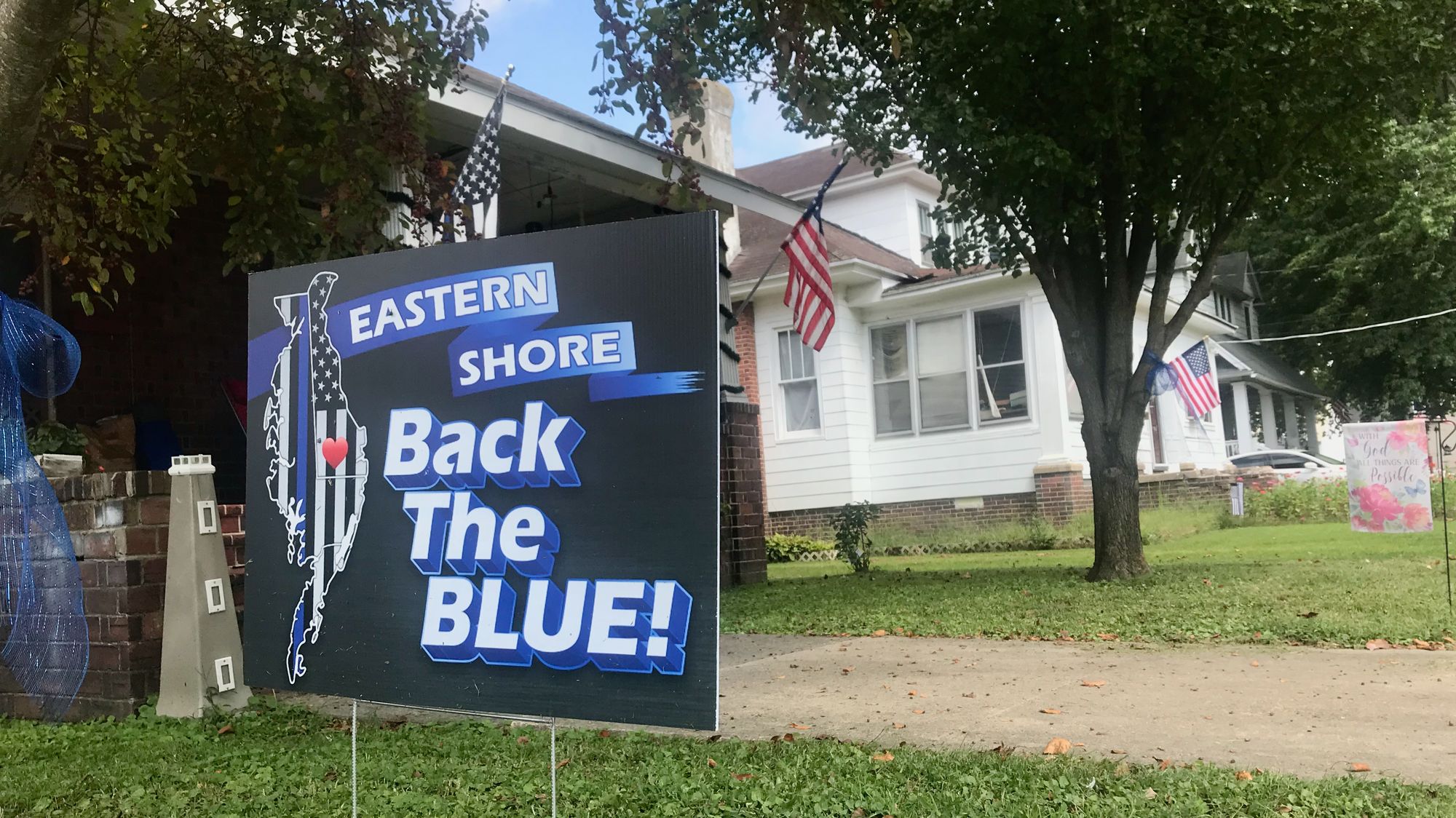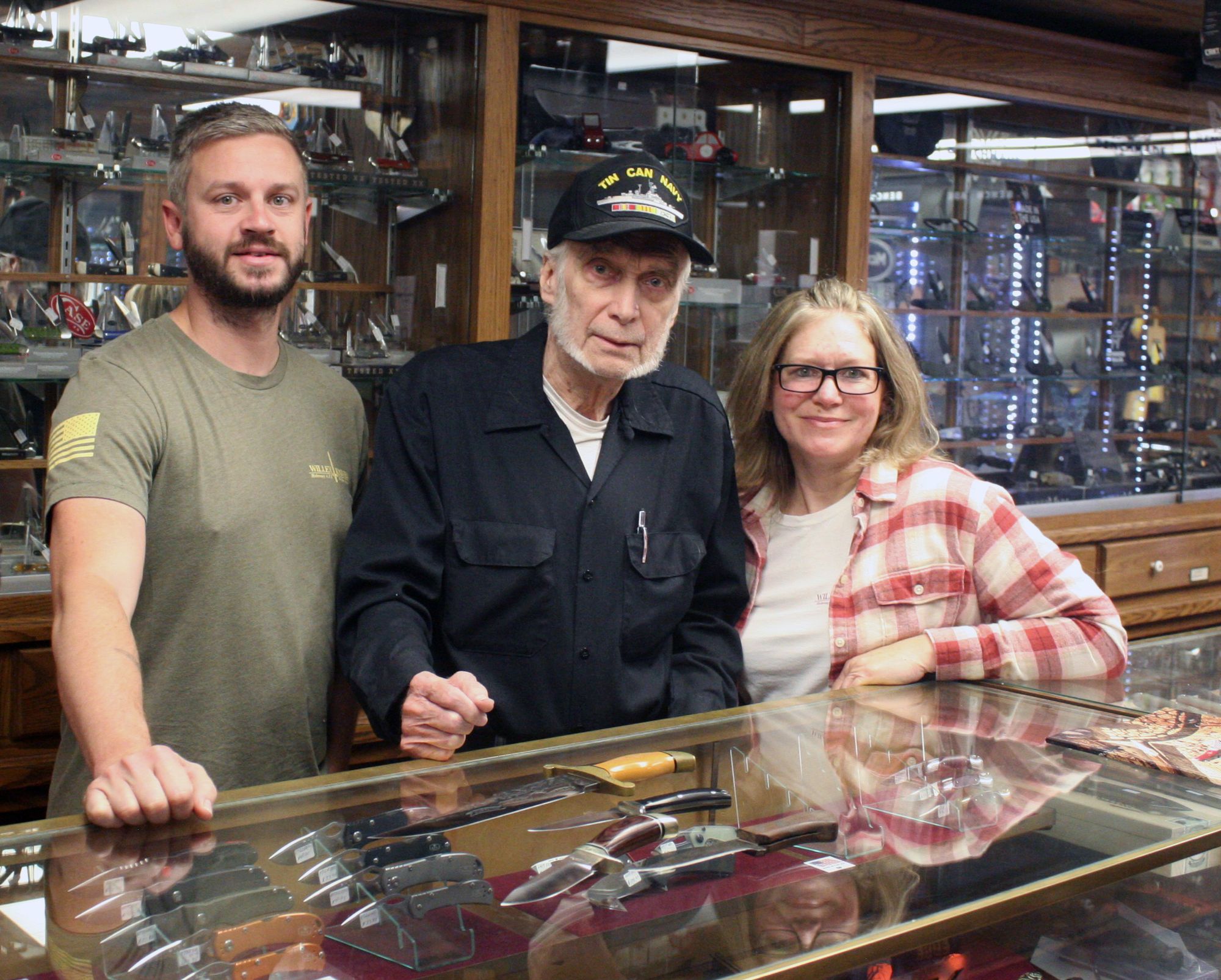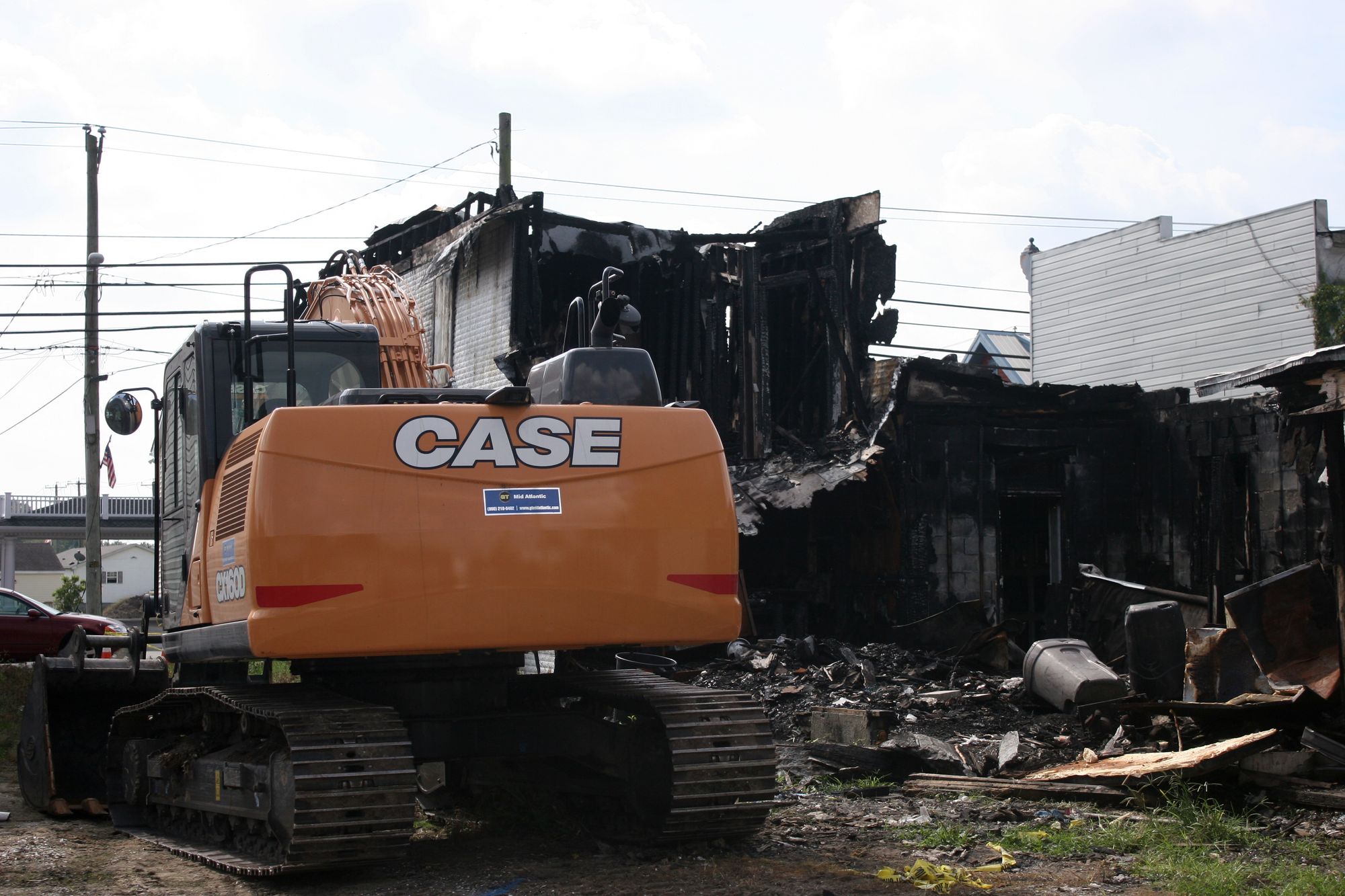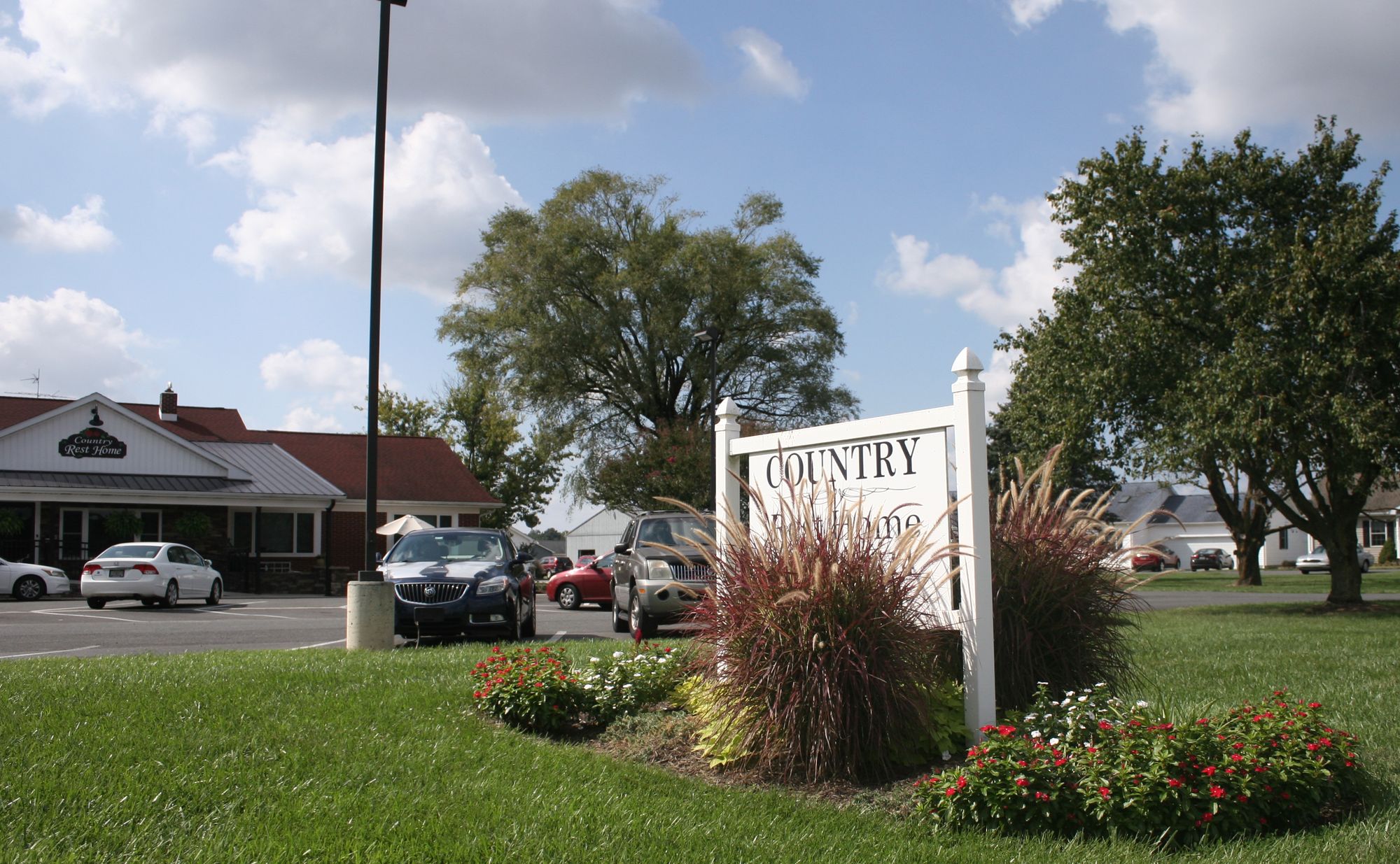Deal may be close for Delmar police union as anger simmers

By Tony Russo
Jessie McCoy’s voice rose and fell, sometimes cracking with emotion as he exhorted the assembled to rejoin his “Amen!” The Salisbury native who has taken up residence in Delmar began by saying he wasn’t a politician but rather a man of the people.
“I’m looking at all the people and they’re sheep without a shepherd. We have to be the shepherd. Who’s going to shepherd this community, who’s gonna stand up and be a change? Who’s going to be the light? We are, but it starts with accountability.”
The preacher descended from fervency to melancholy.
“I’m not even from here, but walk these streets, I pray over my streets. My people in my neighborhood know who I am, Why? Because I get involved with my community, I love my people. Amen!”
“Amen!” replied the assembled.
It was just another night at the increasingly contentious Delmar, Maryland commissioners meetings.
Since the slaying earlier this year of Cpl. Keith Heacook, anger at the town administration, and particularly at incumbent Mayor Karen Wells, has come to a head. It actually came to a head in early August and has remained there, with people showing up to shout at the mayor and commission and to interrupt the proceedings with confrontation or requests for clarification.
For example, when Delmar Police Chief Ivan Barkley was presenting his report to the commissioners, several members of the assembled stopped him to ask how mutual aid works.
Mutual aid is when, for example, a free officer from the state, county or nearby town responds to a call in a different town. It’s a courtesy between departments that can reduce response time. If town officers are tied up on multiple calls and there’s, say, a traffic accident, rather than break off from a less critical call, a nearby sheriff or trooper could respond.
A commenter had asked why the town didn’t send the fire department or EMS to welfare checks. Welfare checks are when a concerned party says they haven’t seen or heard from a person (often an elderly one) in a while.
As the mayor tried to explain, Linda Morris, one of the attendees who interrupted Barkley’s presentation said, “You know, Karen, every time you talk, it’s ‘I can’t do something.’”
And so the meeting went, bursts of town business punctuated by questions of clarification and accusations from the crowd. People believe a trust has been violated and they appear to want a reckoning.
There are lots of contributing factors, including disputes over whether the administrations of both towns systematically undermined police negotiations prior to Heacook’s death and their refusal to accept that as a contributing factor. In fact, as police negotiations seemed to drag on it only solidified the crowd’s belief that the town was somehow stonewalling.
Don't miss a story: Sign up for The Delaware Independent
Unmet expectations with negotiations
In her remarks to begin last week’s commission meeting, Wells delivered the bad news. Everyone, including her, had expected an announcement saying the contract had been accepted and the town could move on. But the deal had broken down over a back and forth about the contract language, and the issue that undermined the conversation was the answer to a simple question: Is a lieutenant a member of labor or management under the new union structure?
As they say on clickbait ads, the answer may surprise you.
As the town prepared for union negotiations back in 2020, the administration decided it wanted to secure two management positions. In an email, Wells explained that since the town had no “captain” position, it changed the labor codes to recognize the lieutenant as the second in command.
“Our line of thinking for this matter is simply that should the Chief not be able to fulfill his duty in the negotiation process by bargaining on the side of management, a second is needed,” she wrote. “That second would logically be the second-in-command, which, in our agency IS the Lt. Obviously, he cannot bargain on both sides of the table.”
This was the point that went to arbitration in October of last year, and the arbitrator sided with the town, essentially echoing its position that it was reasonable to have two members of management to represent the negotiation arm of the town in case of contract disputes.
The bulk of the argument from the crowd was that the town should reverse the arbitrator’s decision, as including of the lieutenant as a member of labor rather than of management was one of the sticking points in negotiations. That appears to be at the heart of the disconnect between the administration and the opposition. People want the deal done and they want the mayor to remove all obstacles at any cost.

Confidence in a deal
Teamsters spokesperson Paul Thornburg said in an Oct. 13 email that the question about the lieutenant position had been resolved. The lag time between drafts, coupled with the urgency surrounding the subject has added to some of the misunderstanding.
For people familiar with the contract negotiation process, the final leg of the negotiations has moved along quickly. Thornburg was confident then that a deal was imminent. He as well as Town Manager Sara Bynam-King thought the union would vote to approve it on either Friday, Oct. 15 or Monday, Oct. 18. Wells also wrote she expected an announcement Monday.
“I’d say it was complete but not executed,” Bynam-King said of the contract.
Wells, who has been the primary target of community protests, has been in the unenviable position of reporting on negotiations in which she doesn’t actively participate. This, like the tendency of negotiations to take a long time, is a function of how government works, although many in the crowd saw it as Wells’ personal disinterest.
“Do you even want to see this contract to go?” asked Robin Bond, who has been an advocate for the police contract.
While Wells answered in the affirmative, at this point in the negotiations the question isn’t about whether the deal gets done, only what kind of contract the police and town will work under from now on.
“My colleagues and I understand the enormity. This contract will be the foundation for every subsequent contract Delmar, Maryland will ever have with the police officers,” she said. “The foundation must be solid. It must protect the officers, but it also must make sense to the town, not only financially but also to provide the level of service that the town deserves.”
With her credibility in constant question from the crowd, it was a message Wells had a difficult time conveying. The one thing they wanted was completion, but the wording was taking longer than the parties wanted to get correct.
With a deal likely in the coming days, the Nov. 8 meeting, the last one before the Nov. 16 election won’t include concerns about the police contract, but the underlying anger will still be on the agenda.
More stories:


